AMD’s 5 GHz Turbo CPU in Retail: The FX-9590 and ASRock 990FX Extreme9 Review
by Ian Cutress on August 9, 2014 8:00 AM ESTASRock 990FX Extreme9 BIOS
For those that have followed our Z87 and Z97 BIOS coverage, the ASRock BIOS for the 990FX Extreme9 falls very much on the side of Z87, which makes sense as the platform will probably not be seeing many updates, if any, for the foreseeable future. The main screen uses white text on a starry background, with the selected option very clearly defined.
In this main screen we have details of the motherboard name, the BIOS version, the CPU installed, the CPU Speed, the DRAM installed, the per-module density and the current speed of each module. Other information that would be good to have includes the main system voltages, temperatures and fan speeds. Note that ASRock has not yet implemented a system that contains this information across every BIOS screen, unlike some of their competition. On this screen is also an ‘Active Page on Entry’, useful for overclockers that want the BIOS to skip straight into the OC Tweaker menu.
The OC Tweaker menu, as the name suggests, has the overclocking options. ASRock like to add in some automatic overclock options, and here we get the choice from a 5% to a 50% overclock:
Typically the higher overclocks would be outlined in red to indicate an extreme overclock, but ASRock does not do that here. The rest of the OC Tweaker menu has the CPU configuration settings, DRAM Timing options and Voltage configuration. Load Line Calibration is a single option in the voltage section, and the DRAM Timing Control is a separate menu item for memory sub-timings:
The Advanced tab contains options for enabling/disabling controllers, adjusting SATA modes and implementing some power saving features. The Tool menu next is where ASRock has their more interesting features, such as System Browser that gives an overview of the motherboard and tells the user what is installed:
The Online Management Guard feature displays a timetable for the week and allows the user to disable the network features. One of the major purposes of this feature is for adults to restrict their children’s use of the internet at odd hours of the day.
The Dehumidifier function keeps fans enabled after the system has switched off in order to equilibrate the temperature inside the case with the temperature outside the case. In the event of warm, moist air in the case that cools in the evening, in humid climates this may cause condensation, hence this feature. There are also menu options to save user profiles within the BIOS underneath this setting.
The Fan Controls are how ASRock used to do them, in terms of ‘levels’, with the higher the level indicating how quickly the CPU fan power would ramp up. Some of the headers have the option of tying the fan power to the CPU temperature, meaning that if the CPU temperature rises above a value, the fan is placed on full speed until the target temperature is reached.
The BIOS finishes up with boot options and security. One missing feature from ASRock BIOSes is a boot override feature, allowing for a one-time boot from within the BIOS.
ASRock 990FX Extreme9 Software
The software for the Extreme9 is centered around the ASRock Extreme Tuning Utility, or AXTU for short. AXTU used to be the main interface, until A-Tuning came about for Intel’s 8-series motherboards, but due to the age of the motherboard (or perhaps incompatibilities) this software has not been upgraded.
The screen that pops up first with AXTU is the Hardware Monitor interface. This shows the CPU speeds, base frequencies and multipliers, as well as the fan speeds, temperatures and voltages. Two key bits of information missing are the CPU installed and the motherboard which is being used.
AXTU also is part of the fan control:
The fan controls here are similar to that in the BIOS, relying in the ‘level’ system to determine the gradient at which the fan speed is ramped up. Users can select a target temperature which will put the fan at full speed when the CPU is above the target.
The overclocking interface offers several simple options, although no automatic overclocking setups. Here we can adjust the base frequencies, the multipliers and the voltages, although nothing along the lines of load-line calibration.
AXTU also provides an interface to save the BIOS and some power saving features, but also XFast RAM. This feature allows the user to partition off some of the memory into a RAMDisk, and AXTU will also manage some caching options in order to speed up some of the operating system functions.
While ASRock has dropped XFast USB with the latest Intel 9-series motherboards, the software is here on the Extreme9 and implements newer USB protocols to increase peak transfer speeds at the expense of latency. In our copy tests, the XFast feature does provide a tangible benefit, although the feature is limited to one USB device at a time.
XFast LAN is a licensed and skinned version of cFos, which allows for software manipulation of network priority.



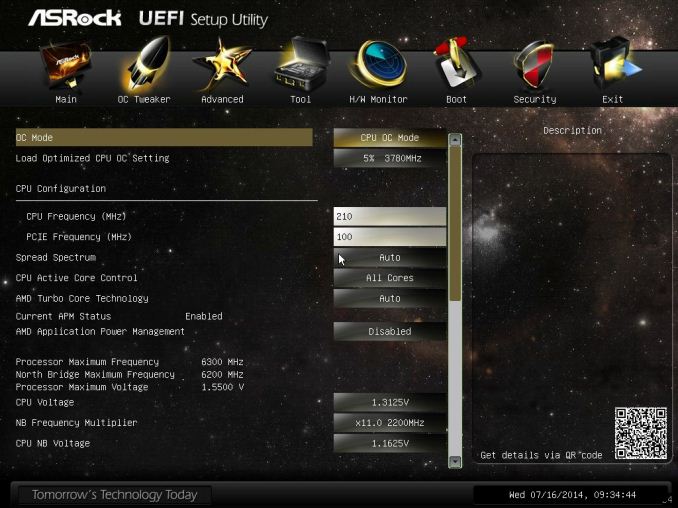
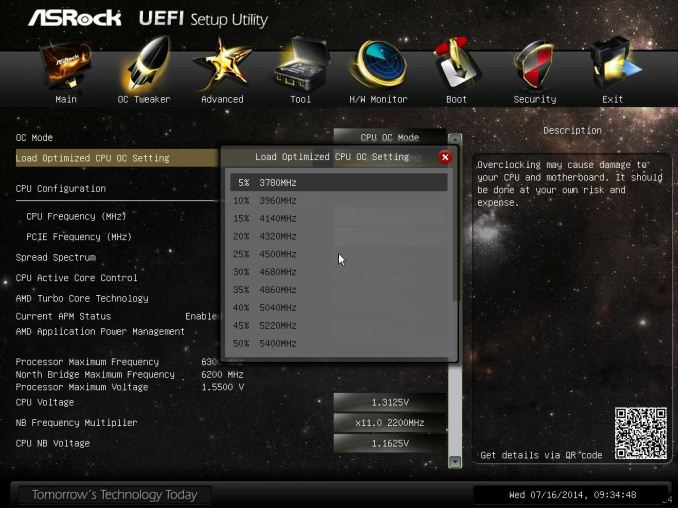
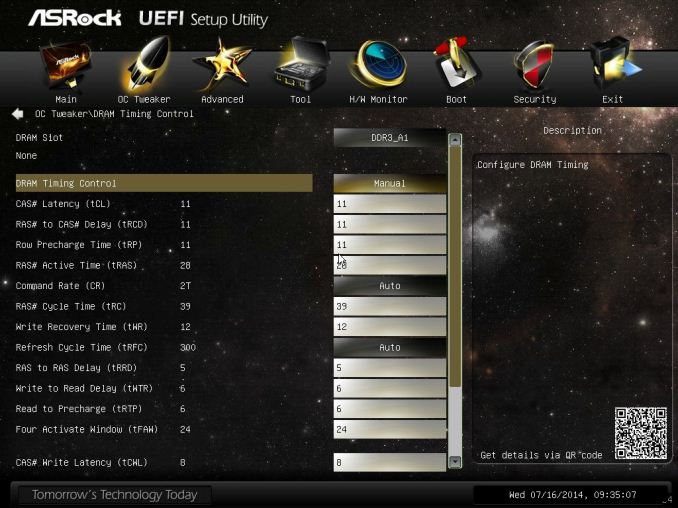

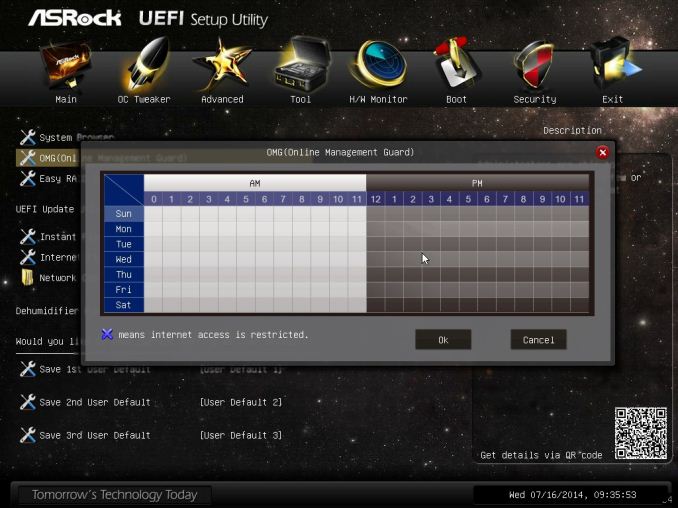

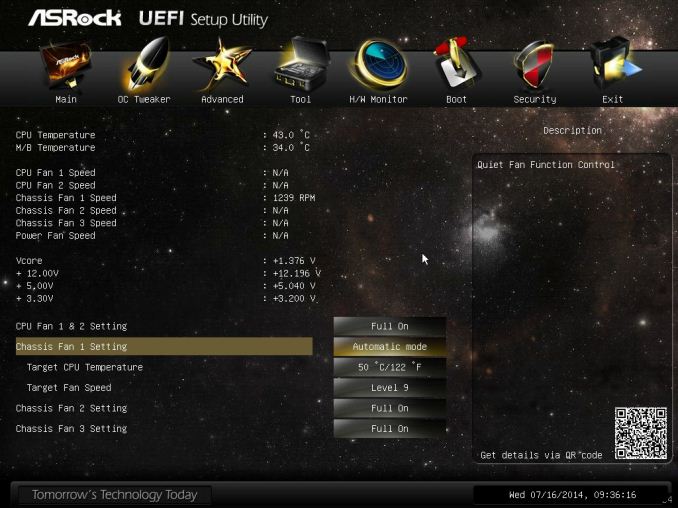







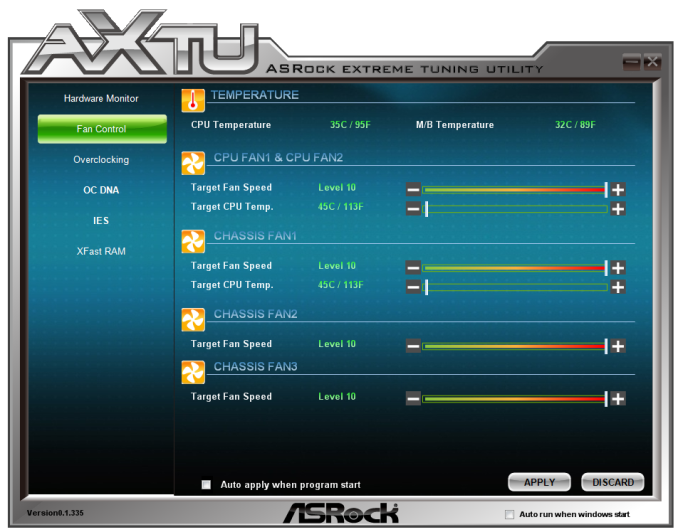
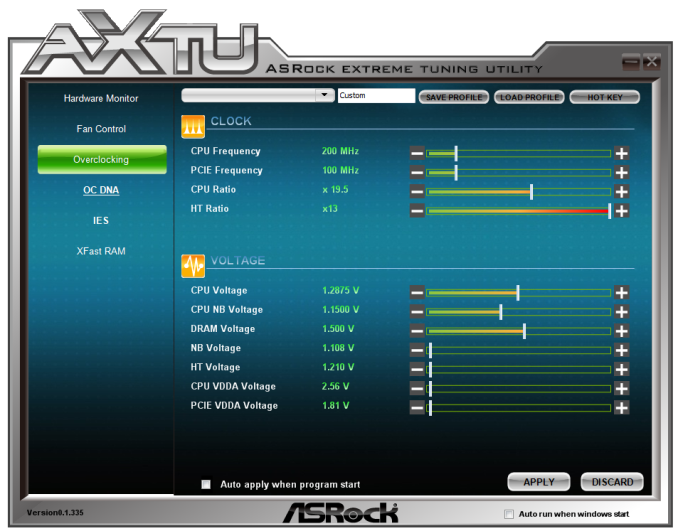

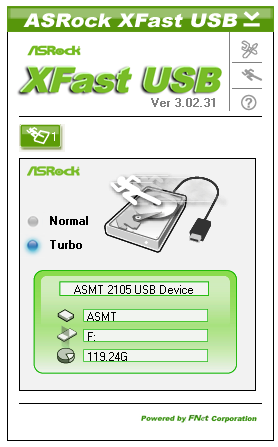
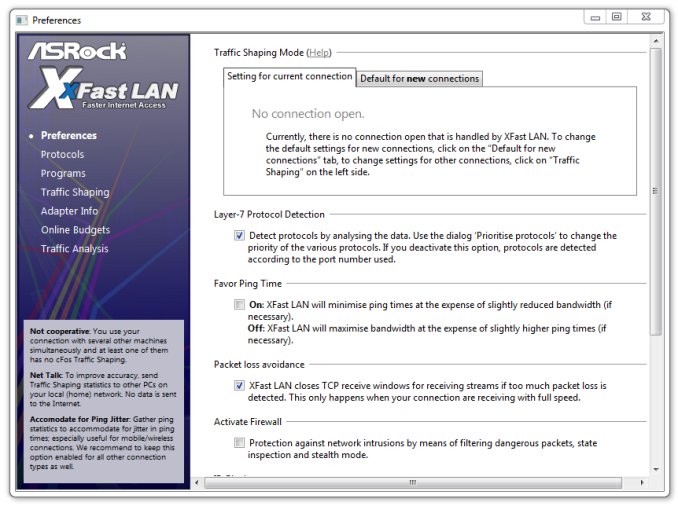














146 Comments
View All Comments
thejshep - Sunday, August 10, 2014 - link
But even if you more than double the wattage of an i7, you're still not approaching the wattage this cpu takesSkillztech - Friday, September 12, 2014 - link
Cause it is totally intel biasedSkillztech - Friday, September 12, 2014 - link
No need to over clock this chip at all, totally powerful. intel and the low voltage low power chips just suck at the same price range.TiGr1982 - Saturday, August 9, 2014 - link
This FX-9590 is actually the last year's product. E.g., in Canadian Canada Computers this SKU (in the version without any cooler) lays on the shelves for months and almost nobody buys it. At the same time, they have a big turnaround of Haswell Intel i7's, which speaks for itself."Re-release" of this SKU happens because AMD has nothing better to offer, so they hope to get some public attention which it better than zero public attention :)
I'm not an old man (age 32 now), but I remember the times (2005) when even Alienware top laptops were based on AMD Turions (rebranded Athlons 64) - simply because these were better than Intel's Pentium M at the time.
And, in contrast, in around last three years since Bulldozer release AMD CPU business looks poorly.
Yes, I know, APUs, OpenCL, HSA. But the CPU side of things at AMD is sad.
Da W - Monday, August 11, 2014 - link
AMD should just drop Bulldozer. That's probably what they're doing.Skillztech - Friday, September 12, 2014 - link
8 cores high multi tasking and usage with high end core hungry software leaving intel in the dust. Plus the ability to game awesome. A real CPU.Budburnicus - Saturday, January 10, 2015 - link
Intel's i7-2600K SPANKS this POS in every conceivable way! AND it is THREE years old! This is even at stock clocks, just TRY comparing this CPU in any overclock to an i7-2600K at 4.4 Ghz (and overclock that basically ANY 2600K can handle - I have mine at 4.7 and 102.3 Bclock)And with EVERY benchmark available - the 4.4 Ghz OC,ed i7-2600K will COMPLETELY blow this POS out of the water! (BTW Not only is 4.4 easy to hit, but the TDP never goes above 125 - even with my 4.7 OC, as stock TDP is only 95w!)
I USED to be an AMD "Fanboy" back in the days of Intel's Pentium 4 "Net Burst" architectural FLOP! And the Athlon XP' superior gaming performance and performance per dollar - with better overclocking!
But since PileDriver FIRST came out, I have only shuddered at the thought of this architecture even existing, let alone being pushed farther and farther! Intel KNEW Net Burst was horrible, and dumped it ASAP for first Core and then Core2 architectures - which were very competitive in all ways for their day.
On the eve of SandyBridge, once benchmarks became available it was OBVIOUS that the SandyBridge Architecture was game changing, especially since the about $350 (at release) i7-2600k - and even the $250 i5-2500K completely SPANKED even Intel's own i7-900X extreme edition CPUs whicbh cost about $1000!
Ever since AMD swallowed ATI it seems they really dropped the ball (in both courts!) Continuing this HIGHLY inefficient chip design - which is ACTUALLY only a Quad core - with just 2x the ALU's per core serving as a full "dual core" processing unit - they left out MANY components that make up a FULL core, and most importantly, while L2 cache is slightly larget than Intel's chips for the most part, the caches are MUCH slower! And a "Dual Core Unit" has twice the ALUs vying for L2 access, where L3 cache is INCREDIBLY slow at something like 200 GB/sec to ALL cores - where Intel's i7-2600K has 168 GB/sec DEDICATED PER CORE! And that is at stock speeds too!
So you have REALLY got to ask yourself, when a 3 year old Intel part - which by now is not only cheaper - but FAR more power efficient, is MUCH faster, at stock clock, than a BRAND new AMD part - which takes well over twice the power and puts out over twice the heat, WTF is th point in buying AMD?
Especially when one considers that on a CHEAP Z68 or Z77 chipset board - this three year old i7-2600K can EASILY hit 4.4 Ghz - and it will STILL be more power efficient than the AMD part - as well as multitudes faster in EVERY way that truly matters - this just seem sad for AMD...
They are eating more power, and crapping less performance - even per $! Unless you really want a bargain basement gaming PC - then an A10 APU with a cheap GFX card will be cheaper than an Intel build with similar performance (but we are talking $500 and less for a entirely new build!)
So this FX just represents a sad bit of AMD history, sure the hardcore "fan-boys" will cling tightly to their AMD parts they have invested money into - but (and there is always that BUT) everything about this new FX chip is far behind, and the ONLY reason one should even consider purchasing one is if they already own a good Socket AM3+ mobo - for new builds? AVOID AMD FX CHIPS LIKE THE PLAGUE!
SlowSpyder - Saturday, August 9, 2014 - link
For those who are running their CPU's at 100% load 24 hours a day, seven days a week, 365 days a year, this isn't the right CPU. That's likely a quite small population of people. There are cons to the FX 9xxx CPU's to be sure, but I don't think what are often over-blown energy usage costs are one of them.MatthiasP - Saturday, August 9, 2014 - link
The real problem is, there is not a single pro for this processor.SlowSpyder - Saturday, August 9, 2014 - link
For someone looking to build a new system, probably not a lot of pros. For AM3+ owners looking for an upgrade from a lower part and guaranteed clocks, there could be some value in this processor.